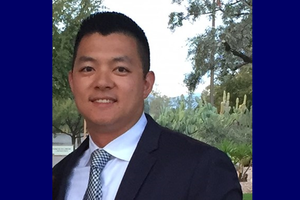
Inherited cardiac arrhythmias such as Long QT Syndrome (LQTS) result in aberrant electrical propagation at the cellular level which can degenerate to irregular ventricular rhythm and increase the risk for sudden cardiac death. Classically, LQTS was believed to be caused by one mutation in one ion channel gene and was thus considered a monogenic disorder. However, there turns out to be a high degree of incomplete penetrance and/or variable expressivity in the disease spectrum of cardiac arrhythmias. Clinically, this so-called genotypephenotype discordance in patients presents new challenges in diagnosis, stratification, and selection of optimal treatment modality. Increasingly, the landscape of genetic drivers for inherited arrhythmogenic disorders has revealed myriad players with complex interplay including but not limited to single nucleotide polymorphisms in ion channel associating proteins. Here, I focus on a strategy that incorporates three nascent technologies to identify novel genetic modifiers that could contribute to the genotype-phenotype discordance observed in a Long QT Syndrome Type 2 family. The general hypothesis of my dissertation is that novel genetic modifiers can govern the penetrance of arrhythmogenic disease in multigenerational families. In my first project I identify a novel genetic modifier that in tandem with a hERG mutation results in the full blown LQTS phenotype. I discovered an unexpected increase in ICaL from symptomatic iPSCCM with a genetic correlate later revealed through exome sequencing. Through the use of CRISPR-Cas9 gene editing, I show that the variant discovered in a Cav1.2 regulatory protein, REM2, was driving the final disease phenotype since
reverting the allele back to wild type corrected the phenotype. The exome sequencing also identified a SNP in a two-pore domain potassium channel (K2p) which I postulated behaved as a protective modifier in a subset of patients in this LQT2 family. In my second project, I further characterize the cardiac K2p profile in iPSC-CM and outline a role for K2p in physiological cardiac repolarization beyond that of a background leak channel. In summary, my work identified one specific mechanism for variable expressivity in Long QT Syndrome Type 2 and outlines a strategy that can be broadly deployed in inherited cardiac channelopathies.